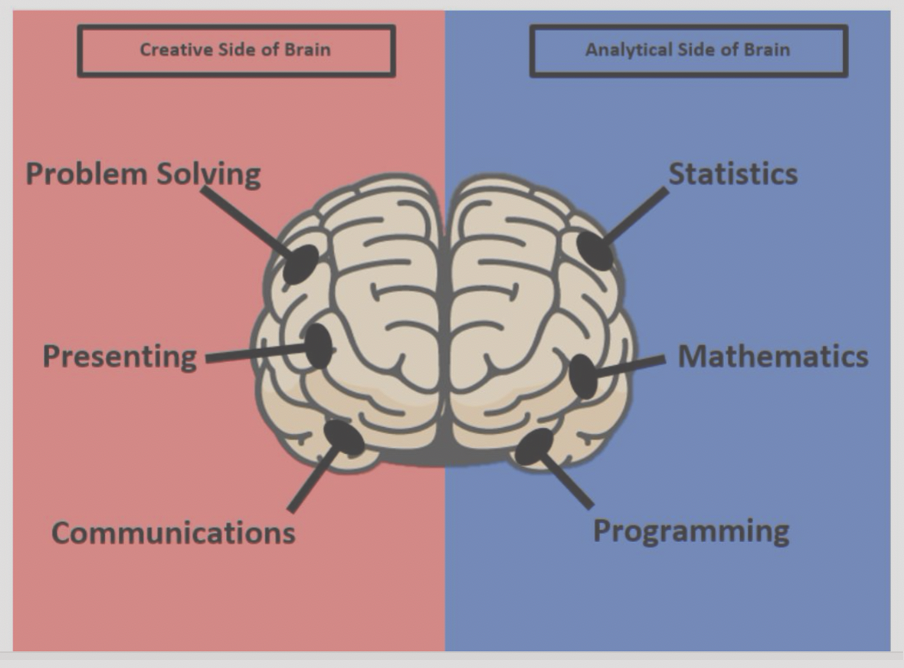People who speak chinese use both sides of the brain whereas english only uses the left side

People who speak Chinese use both sides of the brain, whereas English only uses the left side.

It is believed that language plays a crucial role in shaping the way our brain functions. As such, researchers have found fascinating differences between people who speak different languages. One such intriguing fact is that people who speak Chinese utilize both sides of their brain, while those who speak English predominantly use the left side.
The brain is divided into two hemispheres, the left and the right, which are responsible for different cognitive functions. The left hemisphere of the brain is associated with logical thinking, analytical reasoning, and language processing in most individuals. On the other hand, the right hemisphere is responsible for creativity, visual-spatial perception, and emotional aspects.
When it comes to language processing, Chinese and English are structured differently. Chinese is a tonal language with a complex writing system, consisting of thousands of characters. On the contrary, English relies on an alphabetic system and does not have tonal variations. These linguistic differences have a significant impact on brain activation and the utilization of different brain regions.
Research conducted by neuroscientists has shown that Chinese speakers display increased activation in both the left and right hemispheres while engaged in language-related tasks. This suggests that individuals who speak Chinese utilize both sides of their brain for language processing. The complexity of Chinese characters and the tonal variations require extensive processing, leading to bilateral brain engagement.

On the other hand, English speakers predominantly activate the left hemisphere of their brain during language tasks. This is due to the comparatively simpler nature of the English language, which relies on phonetic sounds and an alphabetic system. Since English does not have tonal variations like Chinese, the right hemisphere’s involvement in language processing is relatively limited.
It is important to note that the notion that Chinese speakers fully utilize both sides of their brain, while English speakers only rely on the left side, is not absolute. The brain is a complex organ with unique variations in individuals. While the general patterns suggest a difference in brain activation between the two languages, it doesn’t mean that one language is superior to the other in terms of brain utilization.
In conclusion, the structure and complexity of languages influence brain activation patterns. Chinese speakers tend to involve both sides of their brain, whereas English speakers primarily activate the left hemisphere for language processing. These differences highlight the intriguing relationship between language and brain function. Further research in this area will continue to unveil the intricate processes underlying language processing and cognitive abilities.
Tags
Share
Related Posts
Quick Links
Legal Stuff

